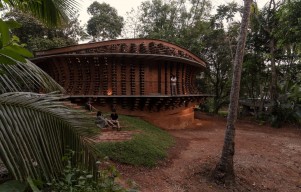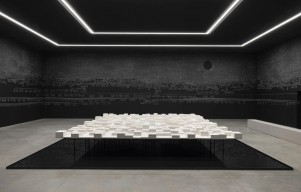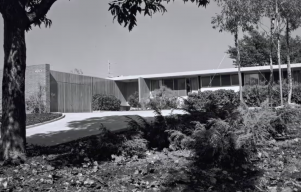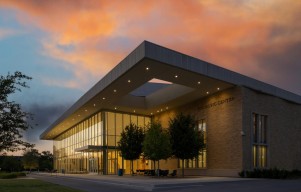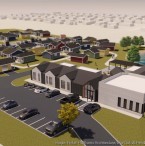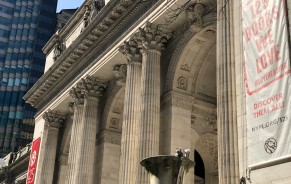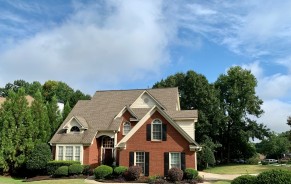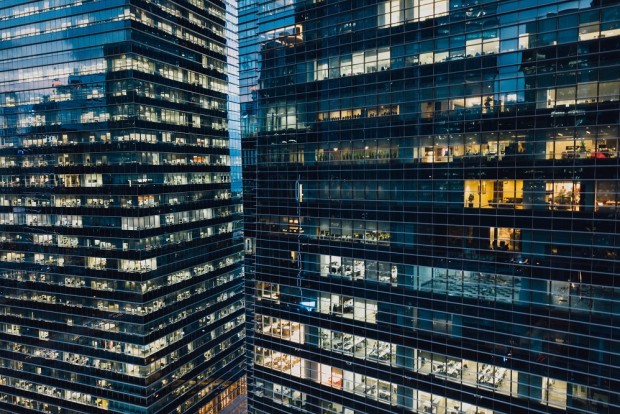
Following the COVID-19 pandemic, the US faces two main problems: an abundance of deserted office buildings, commonly called "zombie towers," and a problematic lack of housing for 5.5 million over the preceding 20 years. Turning empty offices into homes is becoming increasingly popular, and places like Cleveland, Boston, and New York are actively looking into this. This article explores the viability, difficulties, and possible advantages of converting office buildings into desperately needed housing.
The Regulatory Hurdles
One major obstacle hindering the conversion of office buildings into residences is the intricate web of bureaucracy and restrictive zoning laws. Zoning laws, conceived in the post-World War II era, categorize areas for specific purposes, such as factories, apartments, or single-family homes. Overturning these laws is a time-consuming and costly process for developers, involving legal battles, political considerations, and the opinions of other property owners. The reluctance to let go of commercial property tax revenue further complicates matters for cities grappling with housing shortages.
Also Read: Henderson Skyscraper in Hong Kong by Zaha Hadid Architects Reaches Near Completion
Location Matters
Not all former office locations are conducive to residential living. Urban planners face the challenge of creating appealing neighborhoods in areas initially designed for office use. While some downtown cores might be suitable for residential conversions, suburban office parks may lack essential amenities like stores, schools, and public transit. Cities are exploring opportunities adjacent to their cores, attempting to balance housing options and maintaining tax revenues from commercial properties.
Design and Structural Challenges
Converting office spaces into livable homes presents significant design and structural challenges. Buildings designed for commercial use differ fundamentally from residential structures, posing issues such as inadequate natural light, insufficient windows, and impractical ceiling heights for retrofitting essential systems like heating and ventilation. The evolution of commercial building design, with larger floor spaces and reduced reliance on openable windows, further complicates the transformation process. The costs of making necessary physical changes can range from $100 to over $500 per square foot, adding a financial barrier to the conversion process.
Occupancy Overhangs
Many empty offices, colloquially known as "zombie" offices, still have tenants with long leases, preventing immediate conversion to residential spaces. Existing leases create a complex scenario for landlords and developers seeking to activate buildings and capitalize on government incentives. The difficulty is striking a balance between the practicalities of moving out current tenants or finding them new quarters and the desire to transform the space.
Converting vacant office buildings into residences is a practical way to address the nation's growing office space surplus, even though it might not solve the housing crisis. Numerous challenges will be along the route, ranging from complex design elements and occupancy restrictions to zoning laws and bureaucratic red tape. Cities are actively looking into ways to overcome these barriers, though, as they understand the potential advantages of reviving downtown neighborhoods and addressing the urgent need for more housing. As the Biden administration supports these efforts with federal programs and tax breaks, the transformation of office spaces into residential havens might become crucial in reshaping the urban landscape for years to come.
Related Article: 7 Apartment Buildings That Redefines Urban Living
